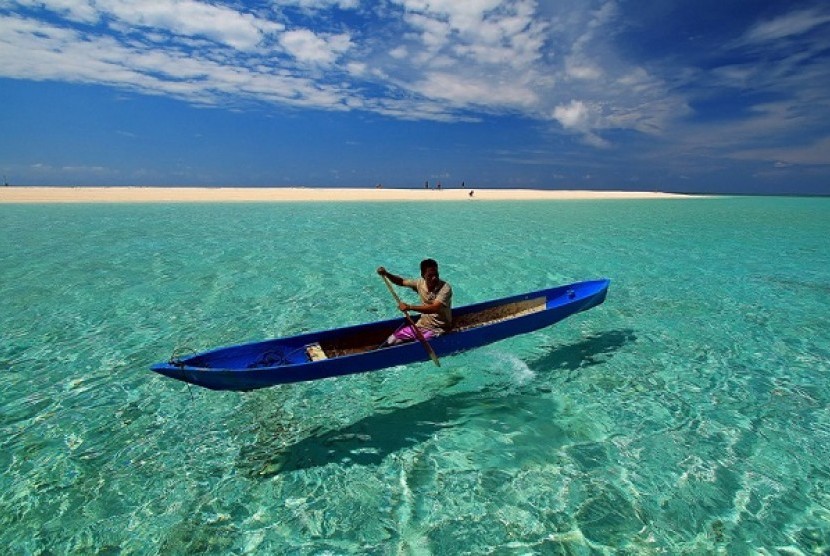REPUBLIKA.CO.ID, KENDARI -- The government has allocated Rp20.5 trillion, or some US$1.5 billion, to develop tourism in Wakatobi, Southeast Sulawesi, over the next three years from 2016 to 2019, Wakatobi District Head Hugua stated here, Wednesday.
"Starting this year until 2019, the government will be developing tourism in Wakatobi to rival Bali," Hugua noted.
The Wakatobi Tourism Authority is involved in the development process by utilizing the allocated funds comprising Rp8 trillion from government spending and the rest Rp12.5 trillion in the form of private investments.
This year, the authority will build a hospital of international standard in Wakatobi.
Meanwhile, the Matohara Airport's runway will be extended to three thousand meters, the district head revealed.
Wakatobi Islands is one of the 10 leading tourism destinations in Indonesia.
It is expected to become a new magnet of tourism that can rival the popularity of Bali among the international community.
The Marine National Park of Wakatobi is located in Southeast Sulawesi between the Banda Sea to the northeast and the Flores Sea to the southwest.
The name of Wakatobi is the acronym derived from its four larger islands: Wangi-Wangi, Kaledupa, Tomia, and Binongko.
Wakatobi is known for having the highest number of reefs and fish species in the world.
The islands are also well known as the largest barrier reef in Indonesia, second only to the Great Barrier Reef in Australia.
The park is believed to have 942 species of fish and 750 species of coral. A total of 850 coral species are found across the world.
It also has fringing, atolls, and barrier reefs and offers more than 50 scenic diving sites that are easily accessible from the major islands.
It serves as a habitat for large and small fish species and the playground for dolphins, turtles, and even whales, thereby making it an ideal destination for divers.
The island group comprises 143 larger and smaller islands, with only seven of them being inhabited by a total population of some 100 thousand, while the rest are uninhabited.


